Good Postures = Happy Employees and Employers
Poor postures are the leading cause of MSDs.
MSDs Hurt Employees and Employers
Working on computers, assembly lines, or out in the field while using poor postures for prolonged periods can lead to musculoskeletal disorders (MSDs). According to the Bureau of Labor Statistics, MSDs are the leading cause of workplace injuries. MSDs not only hurt the employee dealing with the disorder, but hurt the employer in lost productivity, days away from work and worker’s compensation costs. Decreasing MSDs keeps employee and employer happy.
NIOSH and OSHA
Every ergonomic and risk assessment tool from OSHA and NIOSH focuses on posture. Examples: posture of the wrist with data entry or tool handling; position of the neck and back with computer use (sitting or standing), lifting, and working on a manufacturing line. The further the body is from a good posture, the higher the risk factor for MSDs.
Changing Poor Postures into Good Postures
Training in good postures while working and not working along with making ergonomic changes through engineering controls and work station micro-adjustments can reduce MSDs significantly. Once employees have mastered good posture they must also avoid prolonged static postures. The perfect posture held too long will eventually lead to pain. It is important to change positions to increase blood flow to nerve, muscles and tendons. The best posture is the next posture so long as it is NOT a poor posture.
What is good posture?
Head and Neck: Keeping your head and neck lined up over the rest of your spine is important to avoid neck, shoulder and arm pain. Avoid hanging your head down as most do when using a smart phone or sticking your head forward of your shoulders as many do when straining to see the computer screen or driving in adverse weather.
Shoulders and arms: Your shoulders should be lined up with your ears (if your head is in the proper position) and relaxed, not tensed upwards as many do when stressed. Your elbows should be at 90-120 degrees and relaxed by your side. Your wrists should be in neutral. How do you find neutral? Make a fist, look at your wrist. This is neutral for wrist flexion and extension. Any position out of neutral can lead to carpal tunnel syndrome. Avoid prolonged pronation (palm down) and supination (palm up) positions. Example, using a standard mouse keeps your wrist pronated.
Back: Your back has a natural S-curve. Whether sitting or standing, it is important to maintain this natural curve. Losing the curve in your low back can increase stress to the ligaments and discs which may lead to back pain and sciatica. Because the spine stacks up one vertebra on another, when your thoracic spine (midback) is too curved, the neck will be more forward with an increased curve which can lead to neck pain, headaches and arm pain.
Office and Industrial Athletes Need Real Training
You can’t go to the gym one day a year and consider yourself fit. An athlete doesn’t hire a coach for one day to make recommended corrections and go on to win the Olympics. All good training is repeated and takes practice. It is important to have repeated training sessions to instill good postures as habit for employees. Employees need to be trained in how to find their good postures, learn which muscles need to be strong to maintain good postures, have options for improving the postural muscles (after consulting their physician), and be given the opportunity to ask questions in how they can apply their newly learned tools in everyday use.
Ergonomics alone is NOT an Injury Prevention Program
A good ergonomic and injury prevention program needs to include ergonomic changes, engineering changes, and most importantly employee/employer changes. Education and training of the employee and management will give everyone the tools they need to decrease MSDs in the workplace. If you want to learn more on how I can help your company put together an injury prevention program, please contact me through my website: optimumergo.com


